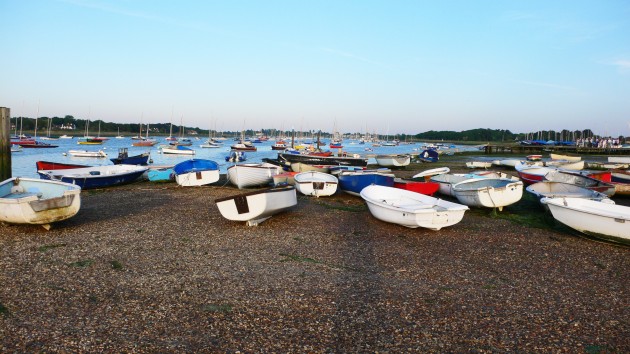Major design competition launched by Yachting Monthly and the Royal Cruising Club
Yachting Monthly and the Royal Cruising Club are launching a competition to design a dinghy for the cruising yachtsman.
The winners of the major dinghy design competition, judged by a panel of experts including RCC representatives and members of Yachting Monthly’s technical team, will see their design published in Yachting Monthly and promoted by the RCC.
Yachting Monthly editor Paul Gelder says: ‘Behind every big yacht, trails the humble little tender, an indispensable workhorse which comes in all shapes, and sizes -inflatable, folding and even nesting. Yachting Monthly is delighted to join the Royal Cruising Club in a search for new designs from professional naval architects as well as amateurs.’
The RCC say: ‘We wish to encourage innovative designs – including inflatables, dories, prams, canoes, catamarans as well as stem dinghies – with the focus being on ease of handling and practicality for stowage on a cruising boat.’
The judges will be looking at a range of criteria, including:
- Carrying power – to suit the intended use and vessel for which the design is developed – indicatively three adults or two adults and two children).
- Whether the dinghy will be a pleasure to use – which implies handiness and good qualities for rowing, paddling and sailing depending on the nature of the design.
- Able to carry a small outboard – though hopefully such a pleasure to use that this is seldom called upon.
- Handy to stow for cruising – designers may like to consider stowage on their own cruising boat or consider how the vessel would be stowed on a typical 30ft to 35ft cruising yacht.
- Robust enough to handle being pulled up the beach or light enough to be easily carried by a couple.
Designers might consider other qualities – for example being suitably fendered to lie alongside in a wind against tide anchorage, capable of laying out a kedge, or features that make handling the vessel ashore or lifting on board easier.
Entries will be welcomed from amateurs, professionals and existing dinghy manufacturers, who might want to submit a suitably modified version of an existing design, or completely new designs.
To encourage non-draftsmen, the winners will not be judged on their technical drafting skill. The design needs to include sufficient detail to allow it to be fully evaluated – including, for instance, the method of construction and estimate of the weight. Entrants can use photos of similar vessels to illustrate particular details or features in their own design.
Copyright of the design will remain with the designer.
The dinghy design competition will be judged in the autumn of 2012, to coincide with the centenary of a previous RCC dinghy design competition, in 1912.
Then, the Claymore Cup was awarded to winner Arthur Briscoe, an artist.
Further details of entry will be published in Yachting Monthly magazine and on www.yachtingmonthly.com, as well as on the RCC’s website www.rcc.org.uk




